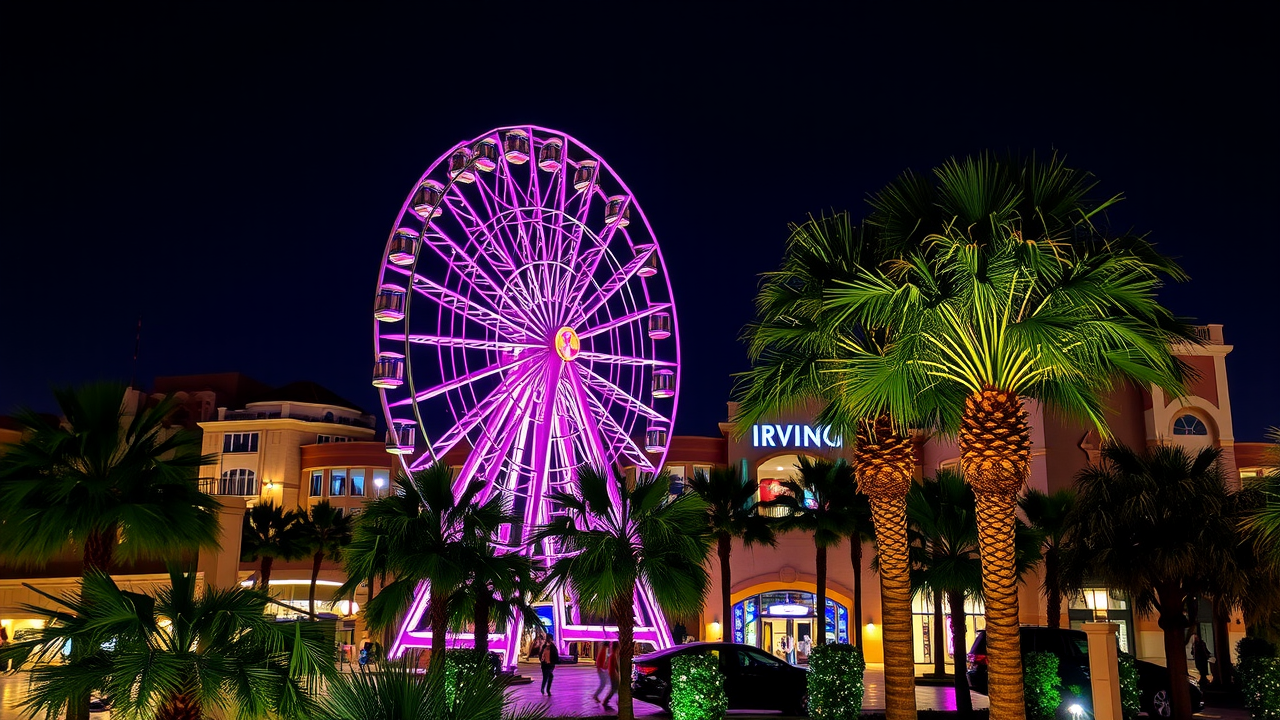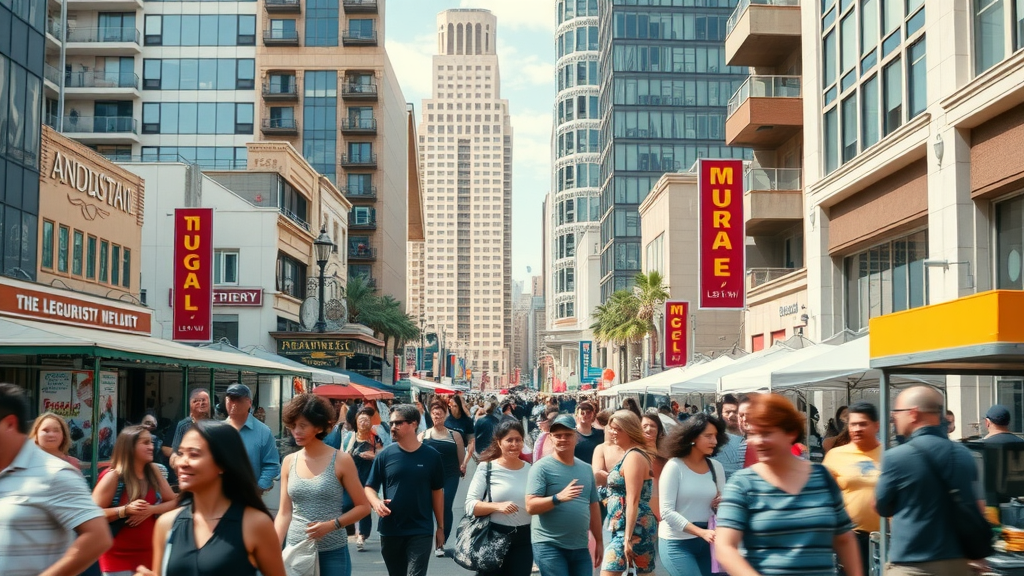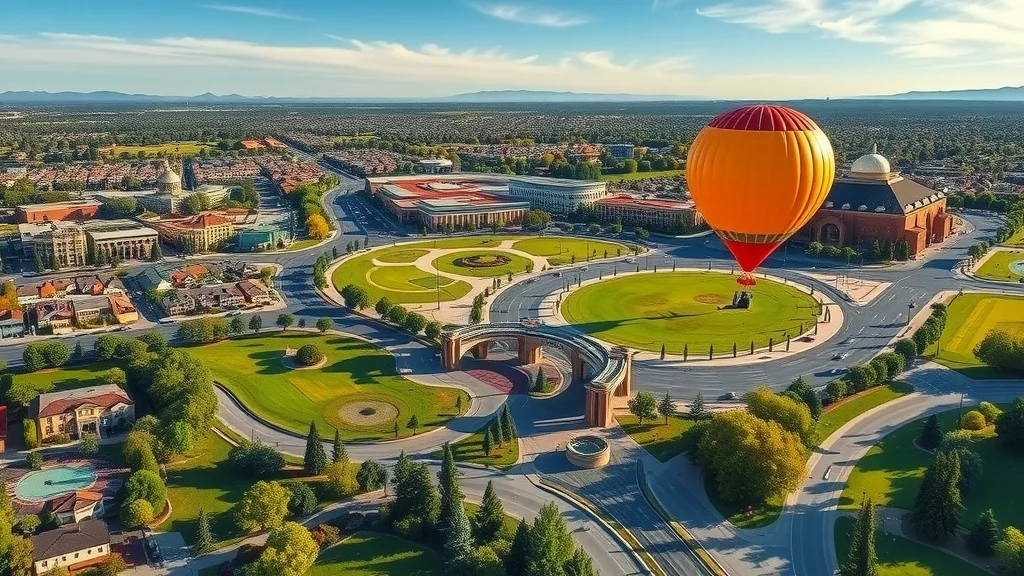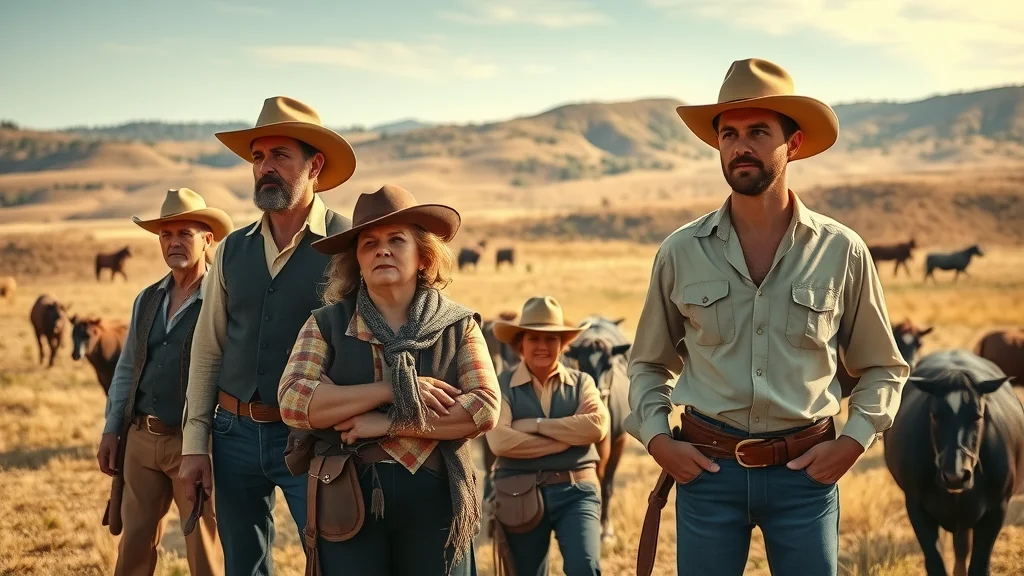
Unveiling the Legacy of the Irvine Company: A Surprising Beginning
"Few realize that what is now the Irvine Company began as the vision of James Irvine Sr. and Jr. in the late 1800s, shaping much of Southern California’s history."
The Irvine Company’s story began with the bold ambitions of James Irvine Sr. and his son, James Irvine Jr. In the late 1800s, the pair acquired vast tracts of land spanning what we know today as Orange County and parts of San Diego. Their land was called the Irvine Ranch, quickly establishing itself as one of the state’s most productive agricultural enterprises. Over time, the ranch became the foundation for cities, shopping centers, and innovation hubs. The company’s early vision was more than farming; it was about building legacies, shaping communities, and anticipating California’s future needs.
This agricultural powerhouse didn’t just contribute to Southern California’s food supply. It influenced the entire region’s geography, infrastructure, and future economies. What started as farmland would become home to commercial real estate, residential developments, and premier landmarks like Fashion Island and the Irvine Spectrum Center. Today, the Irvine Company’s lasting influence is evident in the development of downtown San Diego and the ever-evolving marketplace landscape of California.

What You'll Learn About the Irvine Company
The origins and evolution of the Irvine company
Major milestones: from Irvine Ranch to modern dominance
The company’s impact on Irvine Company, San Diego, and downtown San Diego
How the Irvine Company influences local economies and communities
Current controversies, lawsuits, and ongoing questions
Tracing the Roots: How the Irvine Company Shaped Irvine and the California Landscape
Looking back, the transformation of the Irvine Company and its impact on Southern California real estate is nothing short of remarkable. The company’s history is deeply intertwined with the creation of the city of Irvine, revolutionizing both agricultural practices and urban development. The lands once devoted to endless rows of citrus groves and cattle grazing soon became the blueprint for planned communities, commercial real estate, and ecological preserves.
Major turning points, such as the transition from agriculture to urban development in the mid-twentieth century, set the stage for the city of Irvine, the Irvine Spectrum, and signature commercial districts to flourish. Developers and urban planners consistently looked to the Irvine company as a model for large-scale, sustainable growth. More than just a landholder, the company became a pivotal driver of innovation in marketplace design, integration of open space, and economic vitality in sectors ranging from office buildings to apartment communities.
Key Milestones of the Irvine Company |
||
Milestone |
Year |
Impact |
|---|---|---|
Formation of Irvine Ranch |
Late 1800s |
Established agricultural center |
Transition to Urban Development |
1950s-1970s |
Creation of City of Irvine, Fashion Island, and Irvine Spectrum |
Expansion into San Diego |
1980s-present |
Downtown San Diego developments |

The Irvine Company’s Role in San Diego & Downtown San Diego
Over recent decades, the Irvine company has strategically expanded into San Diego, leaving an unmistakable imprint on downtown San Diego. This push southward broadened its real estate influence and introduced new standards for downtown urban development. The acquisition and transformation of key real estate holdings have revitalized communities, fostered business development, and helped craft San Diego’s urban identity. Downtown San Diego’s vibrant atmosphere, bustling marketplace, and diversity can all trace elements of their character to the company’s forward-looking approach.
Collaboration with key local businesses in San Diego and in West Los Angeles boosted regional commercial real estate markets and transformed what were once sleepy neighborhoods into thriving business districts. Office buildings, residential towers, and amenity-rich apartment communities continue to spring up across downtown. The integration of new development with historic sites and public amenities has elevated downtown San Diego’s appeal, drawing in tech start-ups, established firms, and a dynamic new resident population who value both convenience and community.
How the Irvine Company Changed the Urban Development of Downtown San Diego
Acquisition of prime downtown real estate
Collaboration with local businesses
Transformation of the marketplace and community spaces
This three-pronged strategy brought new energy and economic growth, cementing the Irvine Company's reputation as a Southern California powerhouse. It’s also a model for other urban planners nationwide.

Landmarks and Economic Footprints: Fashion Island, Irvine Spectrum, and More
Among the many ways the Irvine Company has left its stamp on Southern California, none is more visible or more significant than its iconic commercial and retail developments. Fashion Island in Newport Beach and the Irvine Spectrum Center are not just retail destinations; they are lifestyle hubs that have reshaped the economic landscape of their regions. These spaces draw tourists from across the globe, boost local employment, and create ripple effects that benefit nearby office properties and residential neighborhoods.
By pioneering large, thoughtfully planned complexes, the Irvine Company brought a new model to commercial real estate, merging shopping, dining, entertainment, and community together. Projects like Spectrum Center and the continued evolution of retail markets in Santa Clara, Orange County, and San Diego showcase a commitment to long-term value and experiential design. The result is a pattern of successful developments that fuel the local and state economy while elevating the reputation of these cities.
The Irvine Company's Expansion into Fashion Island, Irvine Center & Spectrum Center
Development of high-profile landmarks and shopping destinations
Impact on tourism and retail sectors
"The Irvine Company's vision went beyond agriculture—it reimagined urban spaces from Irvine to Santa Clara, leaving an indelible economic legacy."
Landmarks like Fashion Island and Irvine Spectrum Center are prime examples of how real estate can be both profitable and transformative, impacting millions and illustrating why understanding the Irvine Company matters more than ever.

Controversies and Common Misconceptions About the Irvine Company
Despite its successes, the Irvine Company faces its share of challenges and scrutiny. Lawsuits over land use, commercial real estate disputes, and questions around marketplace dominance often grab headlines, especially in growing markets like Santa Clara and Orange County. Many misunderstand just how deep its influence runs or may conflate public perception with legal reality. These controversies have led to ongoing debates over property rights, development ethics, and the role of large corporations in shaping community futures.
Several high-profile lawsuits have also raised questions about transparency and the balance between profit and public good. Real estate policy and the evolution of regional planning often pivot on decisions made in courtrooms as much as boardrooms. For residents and investors, understanding the nuances of these legal challenges can be key to interpreting where the Irvine Company and perhaps the whole Southern California market will head next.
Understanding Lawsuits and the Irvine Company's Influence in Santa Clara & Beyond
Summary of high-profile lawsuits
Public perception vs. reality
How these issues shape the marketplace and real estate policy
By tracking legal battles and dissecting headlines, we get a clearer picture of the line between myth and fact, and why the Irvine Company's story isn’t just history, it’s a live and evolving influence on places like Santa Clara, Orange County, and downtown San Diego.

People Also Ask About the Irvine Company
What does The Irvine Company do?
The Irvine Company is a diversified real estate development and investment company that owns, manages, and operates a wide range of properties. These include master-planned communities, office buildings, commercial real estate, apartment communities, and major retail destinations like Fashion Island and Irvine Spectrum Center. The company shapes the landscape of cities such as Irvine, Newport Beach, and downtown San Diego by creating and maintaining vibrant, community-focused spaces that drive economic growth throughout Southern California and beyond.
Does the Irvine family still own The Irvine Company?
While the original Irvine family founded the company, it is now principally owned and controlled by billionaire investor Donald Bren. The Irvine family’s direct ownership ended decades ago, but the company continues to honor their legacy by building upon the foundation they established. Today, Donald Bren’s stewardship focuses on real estate innovation and long-term community planning in places like Orange County, San Diego, and Santa Clara. The company’s governance is private, keeping its strategies closely guarded compared to public competitors.
What is The Irvine Company lawsuit?
The Irvine Company and its parent, The Irvine Company, have periodically faced lawsuits relating to land use, zoning, tenant agreements, and environmental practices. Many lawsuits center on the interpretation of real estate regulations and the company’s expansive influence on the marketplace in regions like Santa Clara and downtown San Diego. These legal battles often reflect larger debates over corporate influence, land development policy, and community priorities across Southern California and the state at large.
Is Irvine owned by a billionaire?
Yes, the majority stake in The Irvine Company—and by extension, much of the city of Irvine and its developments is held by billionaire Donald Bren. Ranked among the nation’s top real estate tycoons, Bren’s investment strategies have significantly impacted not only Irvine but also commercial and residential projects across coastal California, West Los Angeles, and downtown San Diego. This centralized leadership is credited with much of the innovation and growth in the company’s premier master-planned communities.
The Irvine Company in Today’s Market: Innovation, Community, and Criticism
Modern day realities find the Irvine Company navigating a complex landscape. On one hand, its projects are celebrated for fostering vibrant community life, top-tier office properties, and groundbreaking marketplace models. Places like Irvine Spectrum Center, Fashion Island, and new urban districts in downtown San Diego serve as magnets for talent, investment, and tourists from as far away as New York City and Silicon Valley. The company’s approach to real estate balances profit with amenities, ecology, and lasting design.
However, there continues to be criticism regarding affordability, inclusivity, and the concentration of property ownership. Housing developments and office properties, though high in quality, sometimes face pushback from residents concerned about rising costs and limited access. Yet, the company’s dedication to sustainable growth, green spaces, and dynamic community features keeps it at the forefront of California real estate. Partnerships with organizations like the University of California and regional governments reinforce its position as an urban innovator, a resource for policymakers, and a pivotal influence on the economic future of Orange County and San Diego.
Short documentary: The Transformation of the Irvine Ranch to the Irvine Company – A Visual History
Key Takeaways: Why Understanding the Irvine Company Matters
The company’s influence shapes entire cities like Irvine, Fashion Island, and sections of San Diego
Current and historical controversies directly affect economic and community development
Understanding its history gives a unique insight into Southern California’s growth
FAQs: Critical Answers About the Irvine Company's Ongoing Impact
How is the Irvine Company connected to regional planning in Orange County?
The Irvine Company is integral to Orange County’s regional planning, often setting the standard for urban growth, transportation networks, and green space integration. Through master-planned communities and collaboration with local officials, it influences policy decisions that affect not only its own developments, but also the direction of the county and neighboring regions.What challenges has the Irvine Company faced during economic downturns?
Like many large real estate companies, the Irvine Company has navigated economic recessions and shifting market conditions. Its diversified portfolio in commercial, residential, and retail sectors, along with conservative investment strategies, has helped it remain resilient. However, it has still faced slower leasing, project delays, and changing tenant demands in tough economic times.How does the Irvine Company continue to innovate in real estate?
The Irvine Company leverages the latest technology and sustainable design principles, focusing on integrated communities, renewable energy, and modern amenities. Ongoing investments in green spaces, smart infrastructure, and partnerships with education and health leaders ensure it remains at the forefront of real estate innovation in California and beyond.
Conclusion: The Irvine Company's Enduring Legacy
"From its agricultural roots to modern urban landscapes, the Irvine Company remains central to understanding California’s past and future."
For anyone invested in Southern California’s prosperity, the story of the Irvine Company is not optional history; it’s a guide to the region’s economic and cultural trajectory.

Your Next Step – Connect with the Daro Digital Team
The Daro Digital Team hopes this article has been interesting and valuable to you. Do you have any questions, or would you like us to help your company with Local Marketing and becoming a Trusted Topical Authority in your industry? Send us an email: info@darodigitalmedia.com or schedule a call with us at https://talkwithrob.com
 Add Row
Add Row  Add
Add 



